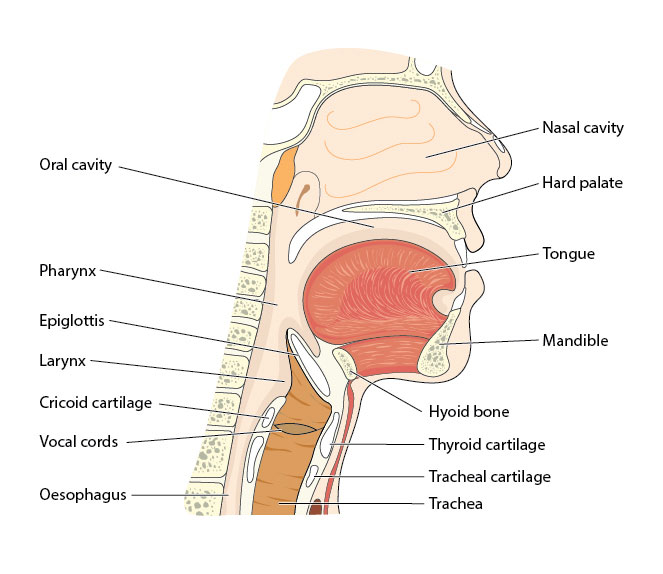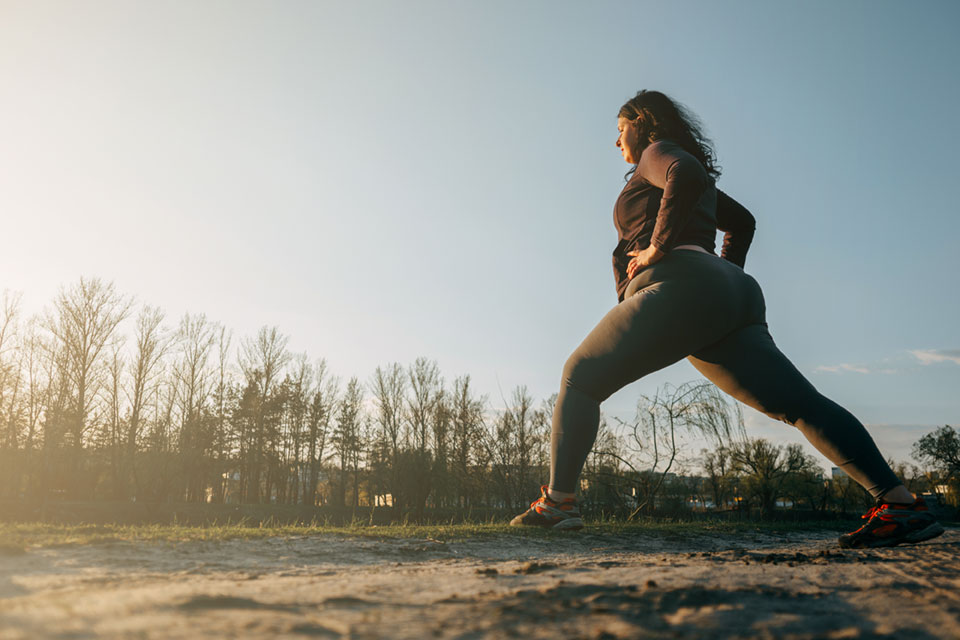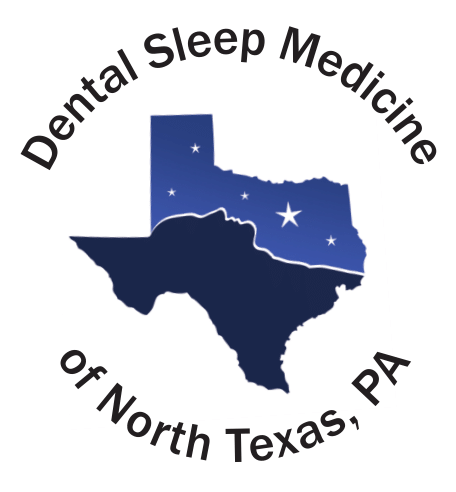Holistic & Alternative Approaches for Sleep Apnea Relief
Are you looking for natural ways to manage obstructive sleep apnea (OSA) in Waxahachie, TX, without solely relying on CPAP machines or oral devices? While there’s no substitute for professional treatment, adding specific mouth and throat exercises to your routine may help reduce your symptoms, even if you’re already using a CPAP or an oral appliance.
Dr. Scott Clinton, our Waxahachie, TX, sleep dentist, often recommends these exercises to strengthen your airway muscles. This approach may help alleviate OSA symptoms like snoring, daytime fatigue, and secondary issues such as headaches, heartburn, and TMJ pain. Learn more below, or contact our Waxahachie office at (972) 737-5337 to schedule a consultation today.

How Mouth and Throat Exercises Work for Sleep Apnea

Obstructive sleep apnea occurs when the muscles at the back of the throat relax too much during sleep, causing airway blockages. These exercises target and strengthen muscles in the oropharynx (the area behind your soft palate and tongue), helping prevent airway collapse.
A study highlights the growing interest in myofunctional therapy, showing that consistent exercise can reduce OSA severity by up to 50 percent. Strengthening these muscles improves breathing patterns and may even decrease dependence on CPAP therapy for some patients.
Types of Exercises You Can Try Right Away
1
Tiger Yell
Despite the name, there’s no yelling involved!
This exercise is all about stretching your throat muscles. Open your mouth as wide as possible, then stick out your tongue toward your chin. Hold the position for five seconds and repeat 10 times. This exercise lifts the uvula and strengthens the back of your throat.
2
Tongue Slide
Stretch your tongue upward toward your nose (even if you can’t reach it) and hold for five seconds. Repeat this 10 times. A 2009 study found that tongue exercises can significantly reduce OSA by preventing it from collapsing into the throat during sleep.
3
Soft Palate Stretch
Open your mouth wide and say “ah” for 20 seconds, then relax. Repeat this 10 times. Strengthening the soft palate can help reduce airway blockages. Another option is to inhale through your nose and exhale through your lips to feel the throat’s resistance.
4
Jaw Stretch for TMJ Pain
OSA is linked to jaw tension. Gently close your mouth, relax your tongue, and then stretch it toward the roof of your mouth. Slide it back as far as possible while slowly opening your mouth. Hold this position for 10 seconds, repeating the exercise for five minutes. This exercise can ease jaw tension and promote better airway function.
Benefits of Consistent Practice
By strengthening your airway muscles, these exercises can:
- Reduce snoring
- Improve airflow
- Enhance sleep quality
- Reduce daytime drowsiness
- Help with TMJ-related issues
Combining these exercises with other sleep apnea management strategies, such as weight loss, reducing alcohol intake, and positional therapy, can amplify their effectiveness.

Lifestyle Changes to Support Your Sleep Apnea Treatment

While mouth and throat exercises can provide relief, they work best combined with other sleep apnea strategies:
- Weight Management: Excess neck fat increases the risk of airway collapse. Regular exercise and a balanced diet can reduce OSA symptoms.
- Avoid Alcohol: Alcohol relaxes the throat muscles and worsens sleep apnea. Consider cutting it out, especially in the evenings.
- Stay Active: Aerobic exercise helps strengthen airway muscles and reduces fluid accumulation around the neck, improving your OSA.
- Try Yoga: Yoga incorporates controlled breathing exercises that support airway strength and reduce apnea episodes.
Frequently Asked Questions
When should I do the mouth and throat exercises?
Incorporate these exercises into your daily routine, such as brushing your teeth or before bed. Consistency is essential to see improvement.
How long do I have to do these myofunctional therapy exercises before seeing results?
According to the American Journal of Respiratory and Critical Care Medicine, patients who performed oropharyngeal exercises for 30 minutes a day over three months experienced a significant reduction in OSA severity.
What if my exercises aren’t working?
If you don’t notice improvement after three months, it may be time to explore additional treatments like CPAP therapy or an oral appliance. Schedule a consultation with a qualified sleep dentist.
Can regular cardio exercise help?
Yes! Research published in the Journal of Clinical Sleep Medicine in 2022 showed that aerobic exercise strengthens upper airway muscles, improves sleep quality, and reduces OSA severity.
Take Control of Your Sleep Apnea
If you’re struggling with sleep apnea in Waxahachie or nearby areas like Red Oak, Midlothian, Maypearl, and Ennis, take the first step toward relief. Incorporate these mouth and throat exercises into your daily routine and schedule a consultation with Dr. Scott Clinton. Call us at (972) 737-5337 or fill out our online contact form today.
